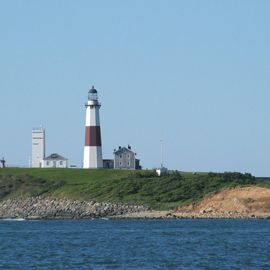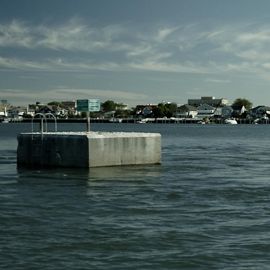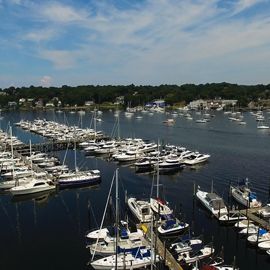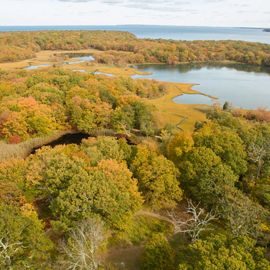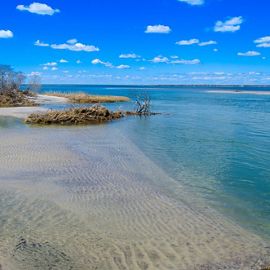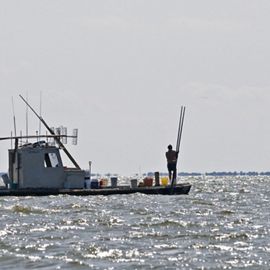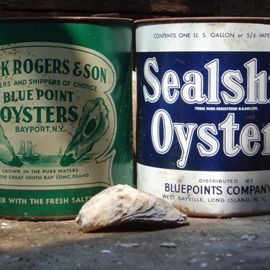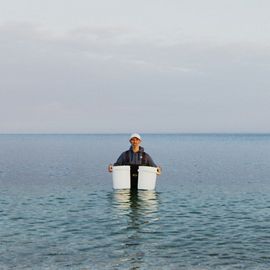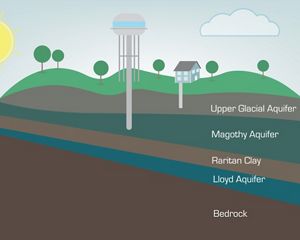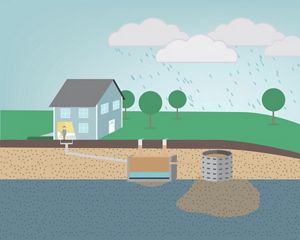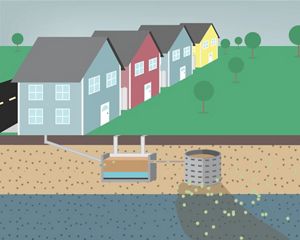Not Designed to Remove Nitrogen
Even when working properly, traditional Long Island cesspools and septic systems are not designed to keep reactive nitrogen from entering groundwater aquifers. As waste water flows through the ground, the nitrogen from urine and other wastewater content is typically converted to nitrate, which is reactive. Nitrate travels through the ground water until it eventually flows to surface waters or drinking water wells.
When the Water Table is High
Long Island’s conventional septic systems only function as designed when there is enough distance between the leaching pit and the ground water. In low-lying coastal areas septic systems are commonly considered “failing” when the ground water comes close to the leaching pit. Many septic systems can fail at once when rain or storm surges submerge septic systems and/or elevate the water table. In addition to nitrogen pollution, failing septic systems release pathogens that are a direct threat to human health.
A Wide Range of Innovative Alternatives
Forty years ago the options for handling waste water were limited to “large pipe” gravity sewers and conventional cement septic systems. Fortunately, wastewater technology has advanced considerably. Some new systems can combine onsite and offsite treatment and can utilize small diameter flexible plumbing. These can feed to existing regional treatment plants or to new treatment “clusters” that can range in capacity from a few homes in a cul-de-sac to entire communities.
Individual on-site systems also have come a long way. A growing number of manufacturers already produce and sell “out of the box” nitrogen reducing septic systems that are commonly used in other parts of the U.S. There are even low tech solutions that use shallow drain fields containing simple materials such as saw dust and wood chips to harness the power of naturally occurring bacteria, which can remove up to 90% of the reactive nitrogen, as well as other contaminants of concern.
Explore Local Stories About Water Quality
